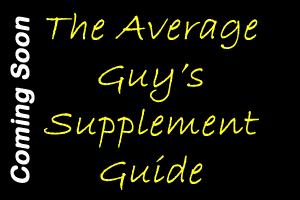Goals are supposed to be inflexible and set in stone. You should never change the due date of a goal. Don't believe either of those comments.
Be Specific
Goals must be specific or they won't be effective. You need to be clear about what you want to accomplish. A clear goal gives your brain a concise target to aim for.
Be Time Sensitive
When aiming to complete a goal you need to make sure it is time sensitive. With no due date you won't ever accomplish a goal. The due date sets your brain into motion. You can increase the pressure through a due date.
Put It In Pencil
While you must have a due date, it must be written in pencil. There are legitimate reasons to change the date a goal is due. An injury can happen which will cause you to take longer to complete the goal. If you have the due date in pen you might never complete the goal. Put the due date in pencil and you will simply erase the due date and move it to a more reasonable date.
Having flexibility built into your goals will help you accomplish them as long as that flexibility does not become a crutch. Use flexibility for the right reasons and you will practically guarantee success.

